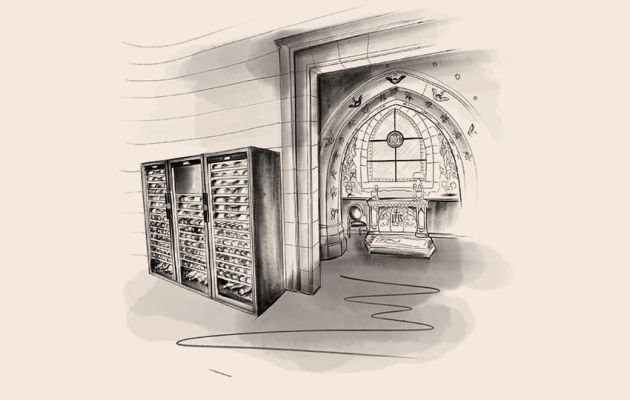[ PORTRAIT ]
Bahrain // Chef & artist
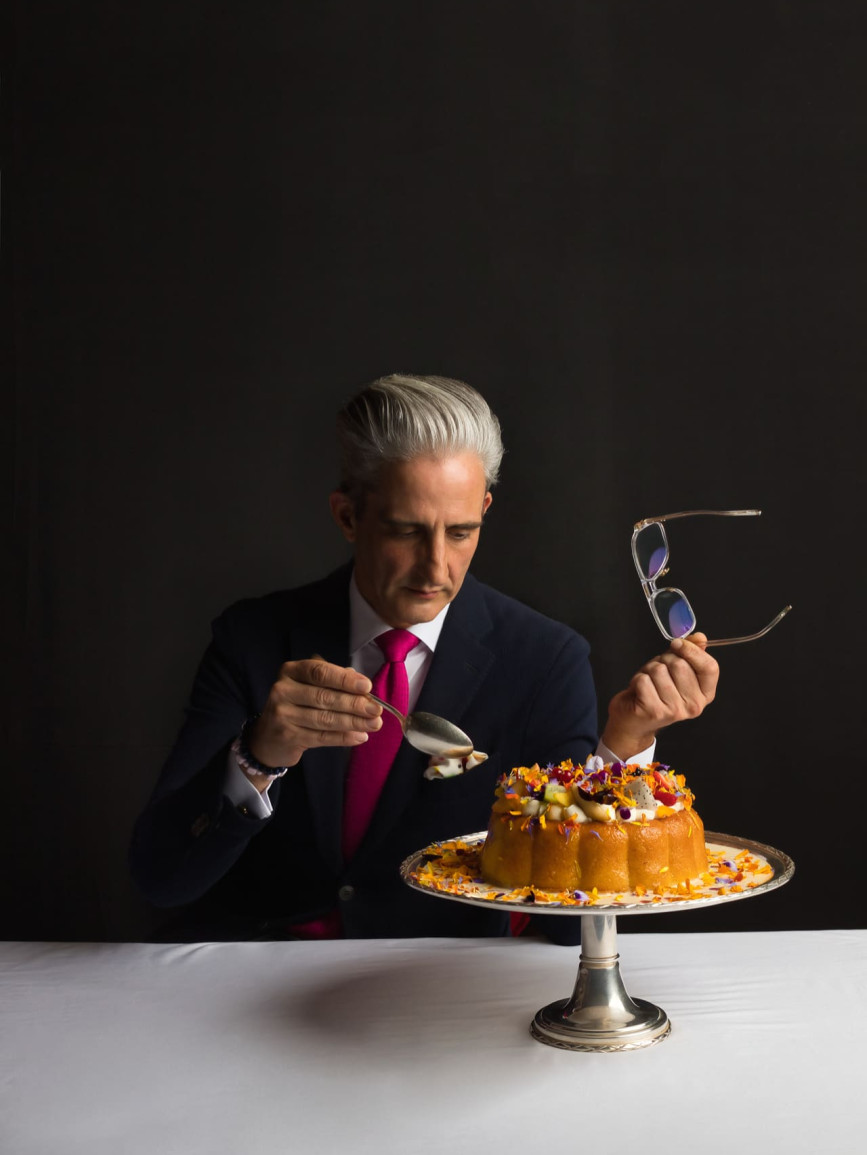
_
Talk with Yann Bernard Lejard
"Looking into details and touching was always a way to see different horizons."
Chef and artist Yann Bernard Lejard has worked in one, two, and three Michelin-star restaurants and for leading hotels across twenty countries.
He has been a member of numerous memorable culinary teams, earning several individual and international awards, and most recently, worked as the Director of Culinary at the Ritz-Carlton, Bahrain, which includes La Table Krug by Y, the first Krug restaurant in MENA.
Collaborating with artists outside the culinary world brings Chef Yann’s work a new dimension and inspiration. Much more than a chef, Yann has been expressing his culinary art through traveling, showcasing his craft through events and masterclasses around the world, from New York to Shanghai.


What is your relationship between art and food?
YANN BERNARD LEJARD
Since I was a young child, I always had a special connection with art, which started when I wasn’t in school. I used to spend time in my grandparent’s house, and they had an art collection that contained a lot of sculptures, so we were always playing outside. But whenever we were in the estate, I was always spending long hours admiring, looking closely at all the paints, and soaking up all this culture. Looking into details and touching was always a way to see different horizons. Whenever I returned to my grandparent’s house, I knew I would have a good time, especially looking at the paint, sculptures, beautiful chairs, salons, mirrors, and chandeliers. I kept this idea with me when I started my career in the culinary world. When I was 14 years old, I went to a catering school. I went there because I wasn’t the best student. My parents decided to place me in a catering school, which was challenging because I never wanted to do it, but I found a way to make it work. I reached a level in my career where I was extremely frustrated, even if I walked into beautiful places: a five-star hotel, a palace, and Michelin-star restaurants. I couldn’t express myself, and I reached a point where I wanted to give up. Fortunately, I found a way forward through art.

I couldn’t express myself, and I reached a point where I wanted to give up. Fortunately, I found a way forward through art.
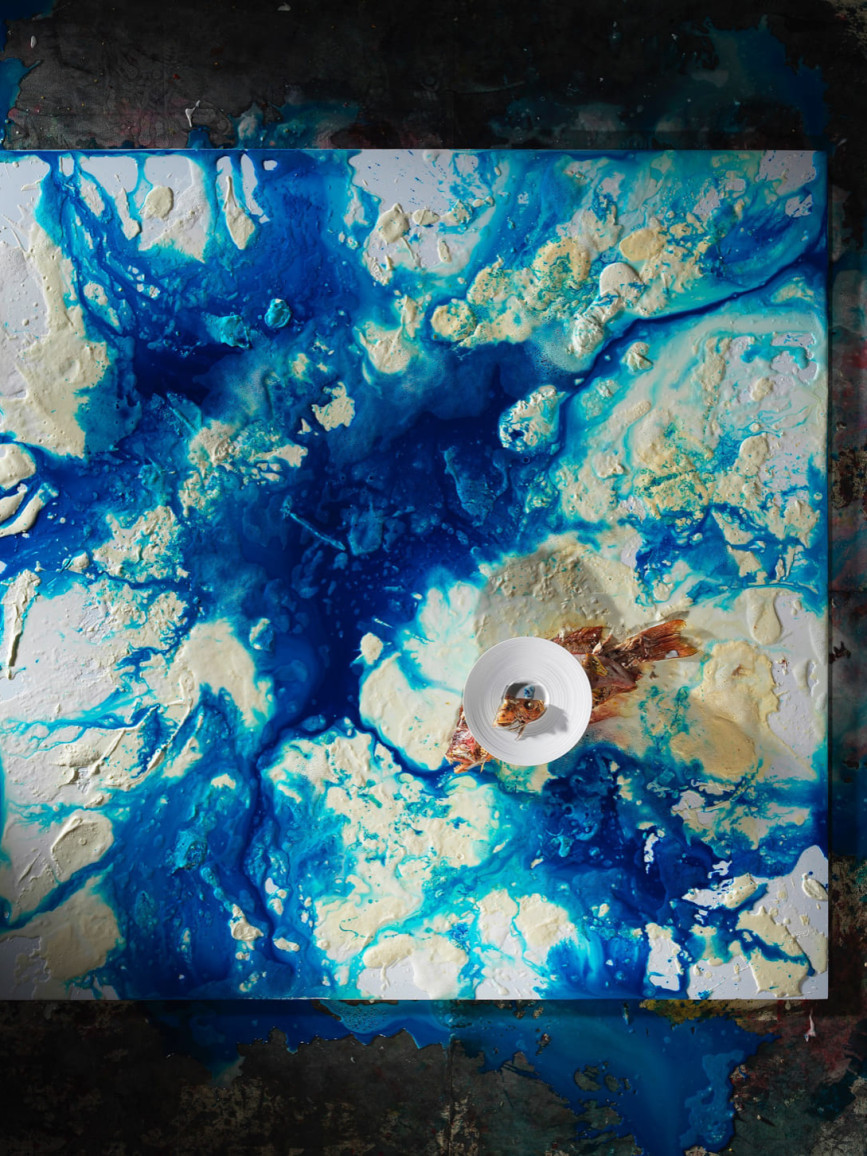

How did you specifically incorporate art into your food?
YANN BERNARD LEJARD
I made a particular move when I first arrived in the Middle East. I started considering that I had to remove all my knowledge from the past few years. I needed to create my own conception, my own vision of food. I started with the idea of a blank canvas or a white plate. I began to train and remove all the knowledge I knew and find different ways to place the ingredients, make new combinations, and use new cooking methods. I found this my purpose because whatever I do or start, it is about the quest for beauty in my motivation. I’m always in pursuit of beauty. Over the years, it started from a plate and then expanded quickly. I moved to create artwork with food and paint. In a way, art and food gave me a purpose. Yes, my first job was being a cook, and I worked every day with food. But to elevate my work and elevate myself, I associate with art.When I initiated this movement and began working on my own projects, my brain started activating in a different way. In this way, everything came naturally, which helped me to continue in this career. This was when I realized that I had this inside of me, and that I had a clear explanation. But as an artist, I’m always in urgent need of creation. And my problem at the moment is that I need to create more. I always want to make more – for the sake of creating, for the fact of creating. Creation helps me release my emotion and to balance my struggles. Yes, the work of chefs can be famous, but in the end, what I’m doing is different work.
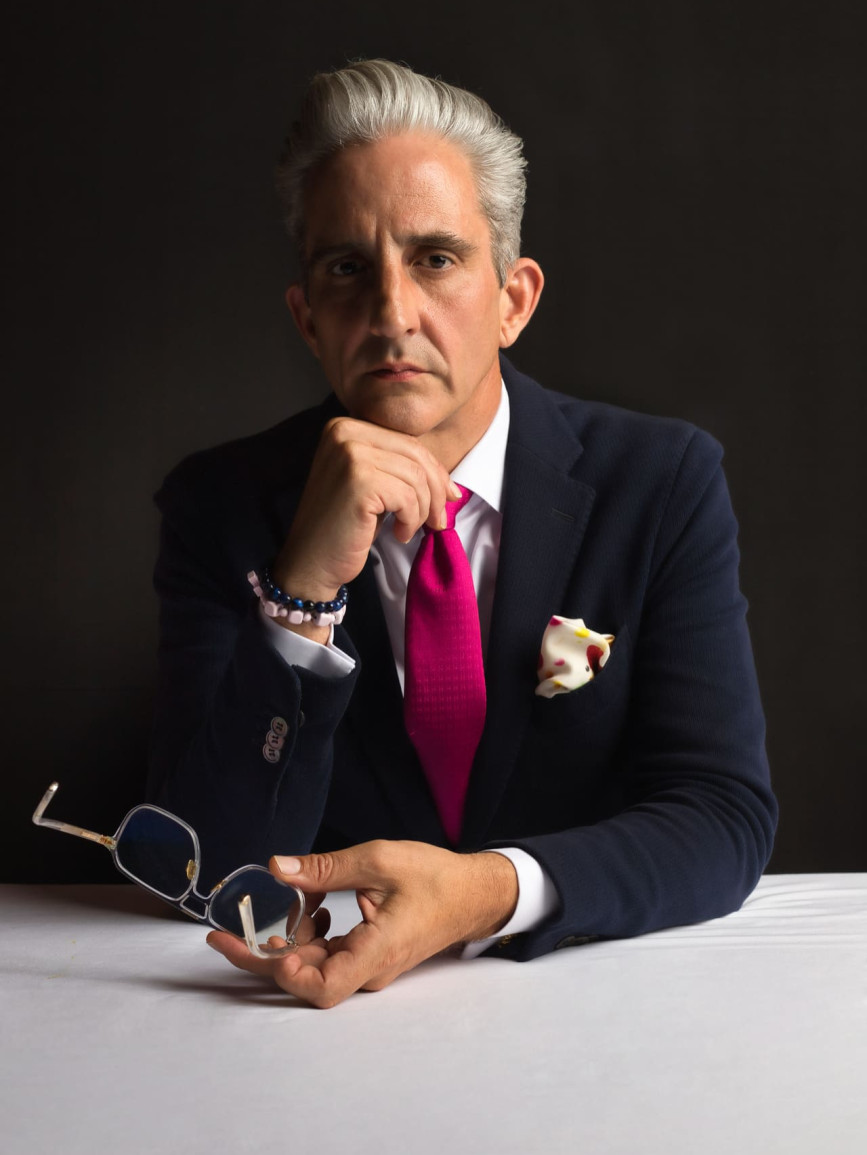

I needed to create my own conception, my own vision of food.

Does wine feature in your culinary movement?
YANN BERNARD LEJARD
What I saw first, was focusing on the artistic part. This work is complex, and there are many steps. However, wine has always played a role in my career. Whenever I have to deliver an experience, to have people taste or enjoy dinner, the wine is based on the work, and I pair the food with the wine. While I’m not a sommelier, I do have a good knowledge. I try to find a wine that might surprise or be expected with the food I create. Opening Krug by Y was one of the best compliments to my work – not only is the champagne well known, but combined with my food and style, the experience works with all of the senses for the diner.

I’m always in pursuit of beauty.
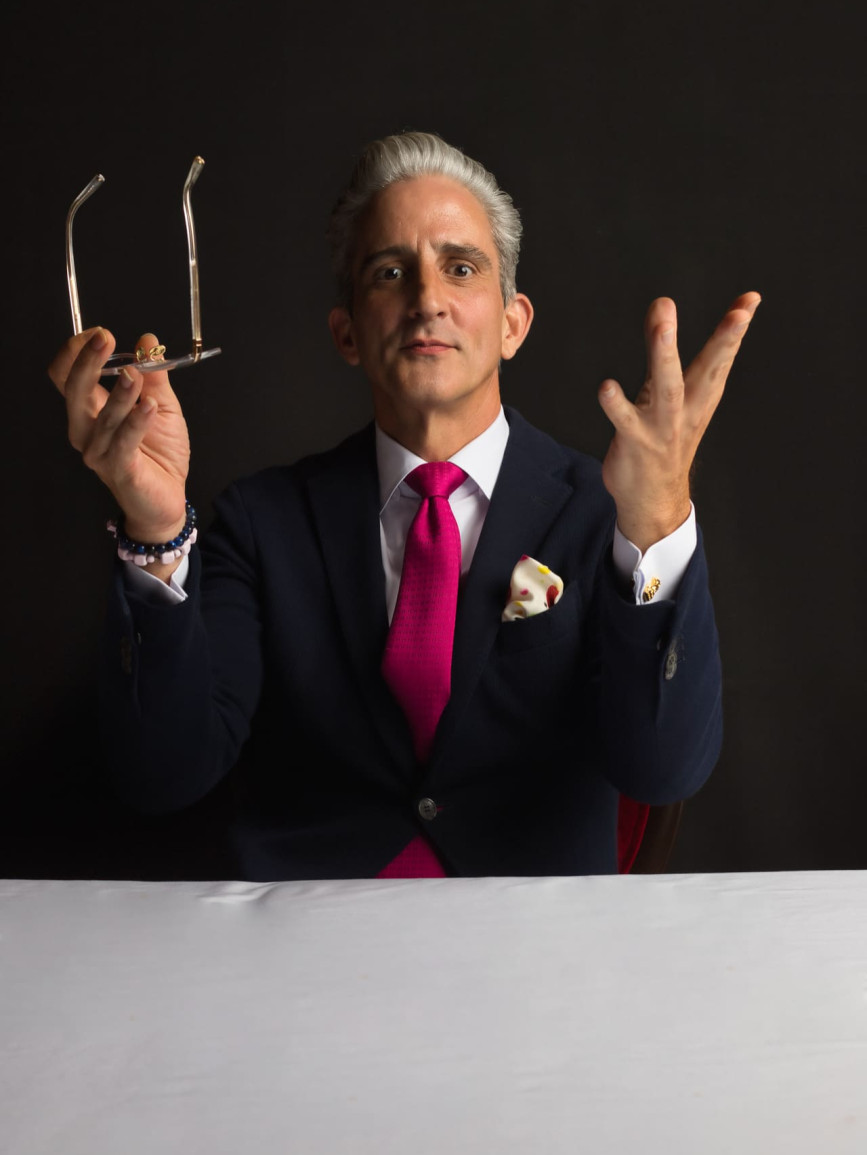

What was your first interaction with wine?
YANN BERNARD LEJARD
I was born in Paris, but part of my childhood was spent in the South of France. When I grew up, around the age of 8 or 9, my father and my grandfather used to go for Sunday lunch. One of them would bring me down to the wine cellar to help choose the wine. For these lunches, they would explain the specifics of the wine, the flavor, the grape, and where it originated. From this tradition, I started to collect wine stickers and labels. This interest continued when I worked for a famous chef, Heinz Winkler, in Germany. Prior to service, we used to do a wine tasting, and our sauces were based on the wine with every dish. So we used to have a small glass of wine in the kitchen. When we were testing, we had access to the sauce, the seasoning, and the sauce’s intensity based on the wine, the meat, and the wine. So, I built a solid understanding of wine, based on taste and memory that I still use today. Whenever I have to cook based on the selected wine, I arrange the flavors in my mind, and I intensify the taste of the sauce or reduce the taste based on all my experiences.
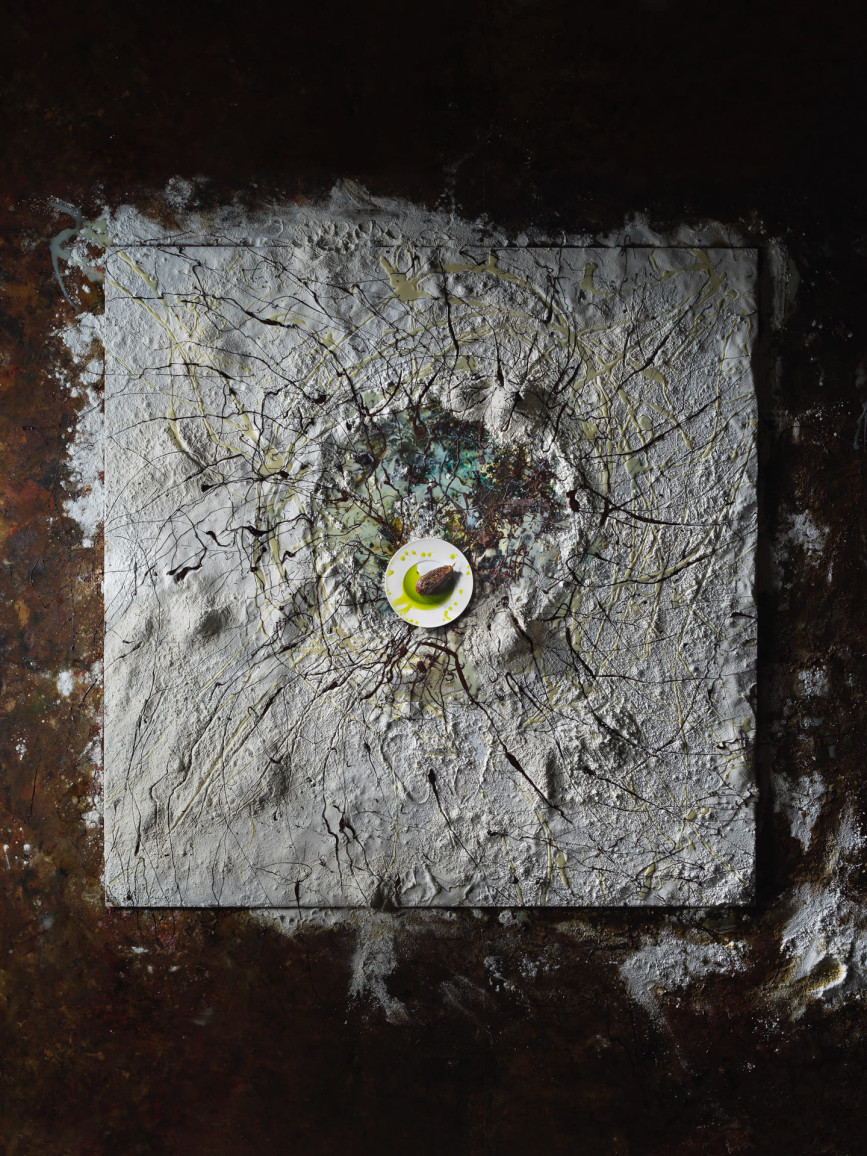

Creation helps me release my emotion and to balance my struggles.

If you were a wine, which one would you be?
YANN BERNARD LEJARD
I would definitely be a wine from the South of France, most likely from Côtes du Rhône. My family is originally from Brittany but then moved south to Avignon. So if I were a wine, I would be a Châteauneuf-du-Pape because this brings me many special memories. In my childhood, my grandfather used to open a bottle of Châteauneuf-du-Pape to drink with dinner. So, this wine brings back a lot of memories. It is a robust wine with complexity and a lot of harmony. It’s also something that can go well with everything.
Article - Courtney Brandt
Courtney Brandt is an author and journalist living in Dubai, UAE. Her work has been published in Vogue Arabia, Destinations of the World, Forbes Middle East, Elite Daily, The Forward Feed, and Food&Wine, among many other publications.
Prolong the experience
Discover the profiles of creative and influential personalities explaining their relationship with wine, the secrets of sommeliers or legendary establishments.
When you subscribe to the magazine, your email address is only used to send you our content newsletter. You can unsubscribe at any time by clicking the unsubscribe link included in each newsletter. To find out more about management of your data and your rights, click here .



